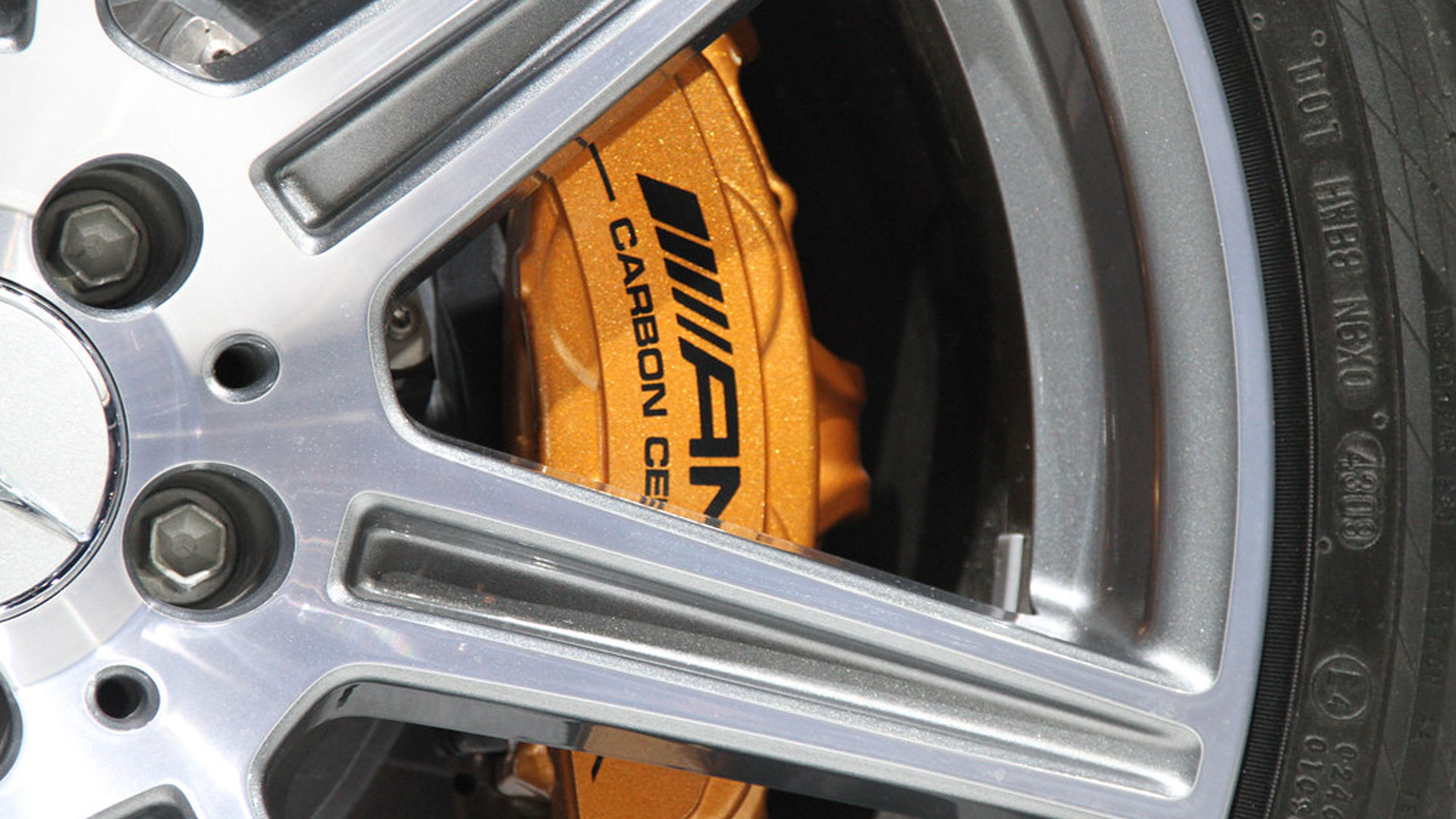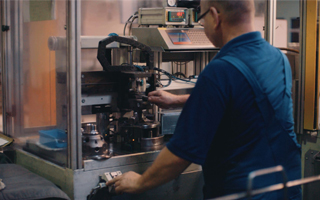What Are Carbon-Ceramic Brakes?

Using carbon and ceramics in braking systems offers significant advantages over other materials, but the processes involved in their manufacture are considerably lengthy and more expensive – why are they so expensive and is it worth the cost?
Cool Under Pressure
Perhaps an indicator to their eventual cost, the use of heat resistant carbon/ceramic based materials originated in the ever so expensive endeavour of space exploration.
The undersides of NASA’s space shuttles were covered in silica ceramic tiles designed to resist the friction heat generated when re-entering the atmosphere - and where the temperatures were at their highest reinforced carbon (RCC) was used, most notably on the nose cone and leading wing edges.
The engineering marvel of Concorde was the first instance of a braking system utilising carbon-carbon (graphite reinforced carbon fibre) components in 1976, before F1 cars picked up on the technology and implemented their own systems by the end of the decade.
With Our Powers Combined
Despite all of the benefits using carbon-carbon brakes offers, there were a number of downsides that led to other materials being explored as alternatives.
Carbon-carbon brakes didn’t work well at all in cold or wet conditions which made them unsuitable for road use. They also didn’t last very long as carbon oxidises at high temperatures (which happens under braking) - making the already high cost parts even more expensive to maintain on a vehicle.
F1 teams didn’t mind so much, but you won’t find many takers for a car that needs a new set of rotors around every 1000km at a cost of about £10,000 a set, as is the case now.
This led to the development of carbon-ceramic brakes, combining most of the benefits of all carbon brakes with the added durability provided by ceramics. The introduction of silica carbide increased the oxidisation and thermal shock resistance, making the brake discs last longer and better handle a wider range of temperatures.
They still remained expensive but were at least more suitable to select automotive applications. Super car manufacturers became interested, but the first use of ceramic braking technology was in high speed rail - which unsurprisingly takes the slowing down of fast moving objects quite seriously, particularly when they weigh in the hundreds of tonnes.

Crafted
The reason they are so expensive is all down to the production process. It takes a long time and a lot of effort to build them, with each brake disc taking the best part of a month to make.
A carbon fibre and silicon resin mix is put into moulds and placed under 20,000kgs of pressure at 200 degrees Celsius before being cooled.
This mould is then heated again over two days at 1000 degrees Celsius, before more silicon powder is added and it’s heated a third time up to 1700 degrees for another 24 hours - this time under vacuum.
This process transforms the raw ingredients surrounding the carbon fibres into the silica carbide ceramic that adds the durability and longevity.
The combination of the two materials offers an extensive list of advantages over metal discs;
- Significant weight saving
- Much longer part life.
- Wider temperature tolerance
- Increased stopping power
However, to benefit from these advantages you will pay handsomely for the privilege. Carbon-ceramic braking discs cost just as much, if not more, than carbon-carbon ones do – albeit they last much longer. The average upgrade cost on a super car is around £10-15,000, and they still might not last the life time of the car if you take it out on the track often.
You do get what you pay for - carbon-ceramic brakes are superior in almost every way – and although once extremely rare and reserved for only the most exotic of vehicles, carbon-ceramic brakes have found their way onto some of the more common varieties. It’s just a question of whether it’s worth selling on the second car just to pay for them.







